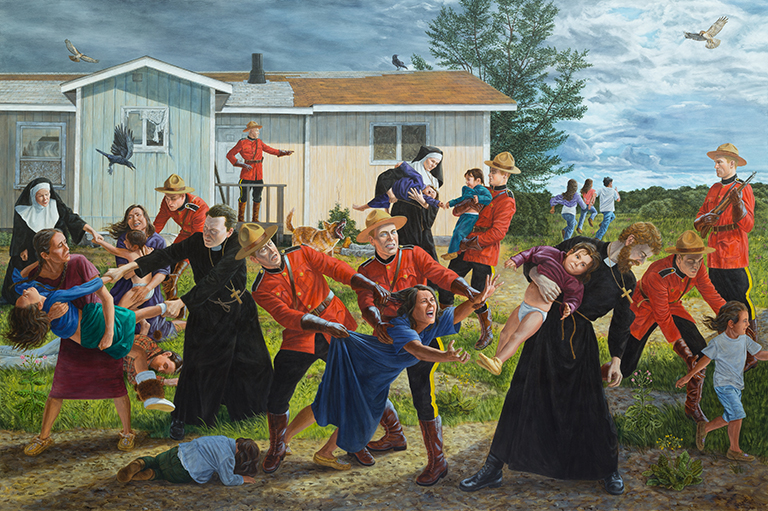What's Growing in the Doctor's Garden?

At one point of exploring the gallery of gardens throughout Fanshawe Pioneer Village, in London, Ontario, you will find yourself standing in front of Dr. William Anson Jones’ house (formerly Miller House). Brought to the village in 1962 from its original location in Perth County, Ontario, his stately home now sits proudly in the centre of town facing Victoria Park and houses unique pieces of medical history.
But before you go inside, notice that just inside the white picket fence and surrounding the foundation is an amazing collection of traditional nineteenth-century flowers and essential herbs. You can imagine Dr. Jones tending these plants for their medicinal and healing properties.
Many of the plants we know today are not native to Canada; the early immigrants brought seeds with them to the New World. Once plants were established, farmers traded offshoots of their plants for different ones of their neighbours until most rural homesteads had varied gardens which were not only beautiful but practical.
5 plants you will find in the Jones garden
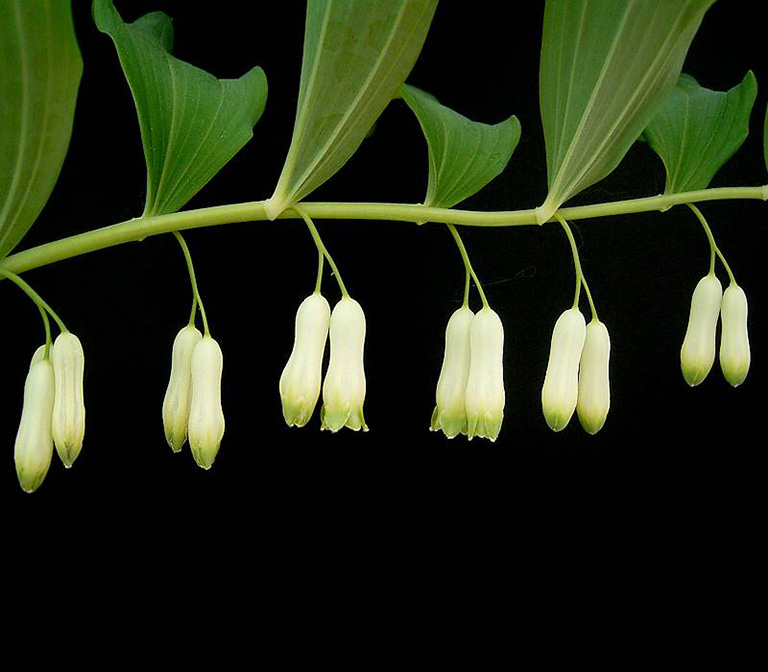
Solomon’s Seal
Used for healing injuries, gastrointestinal inflammation and to lower blood pressure.
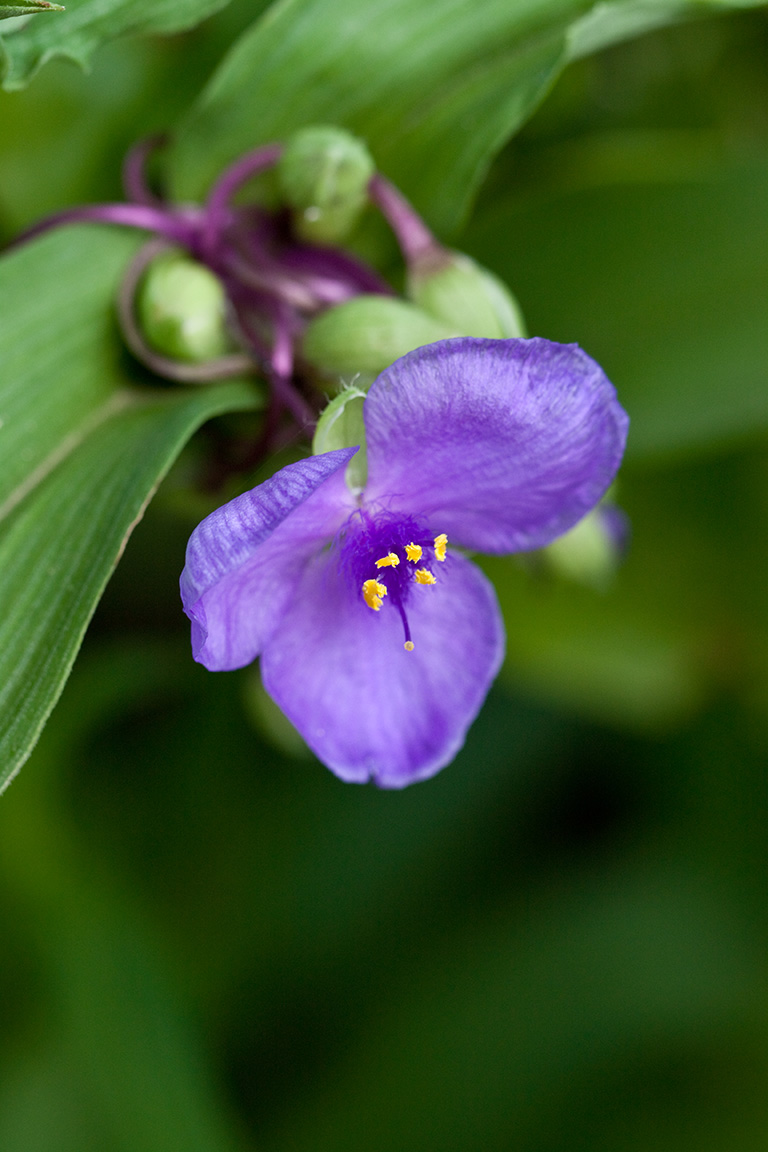
Spider’s Wort
There are seventy species of these three-petal flowers which open in the morning and close during the evening. Each flower only blooms for one to two days. It can be eaten or dried, or made into a snuff and used to stop nosebleeds. Externally, this plant can be used in a poultice that helps heal wounds and hemorrhoids.
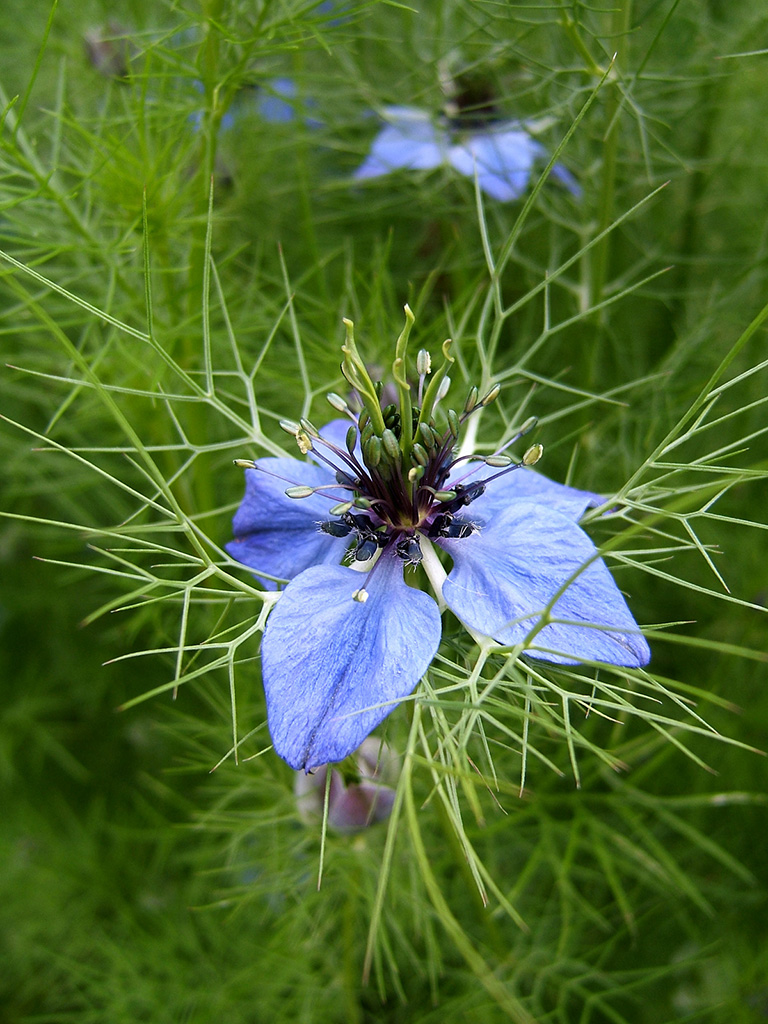
Nigella (Love in the Mist)
The flower is surrounded by a thread-like leaf structure, known as a ruff, giving the appearance of mist — hence the name. Historically, the seeds have been used in both cuisine and medicines. Although used in the past for colic or as an astringent, now it is used cautiously as it may produce intoxication.
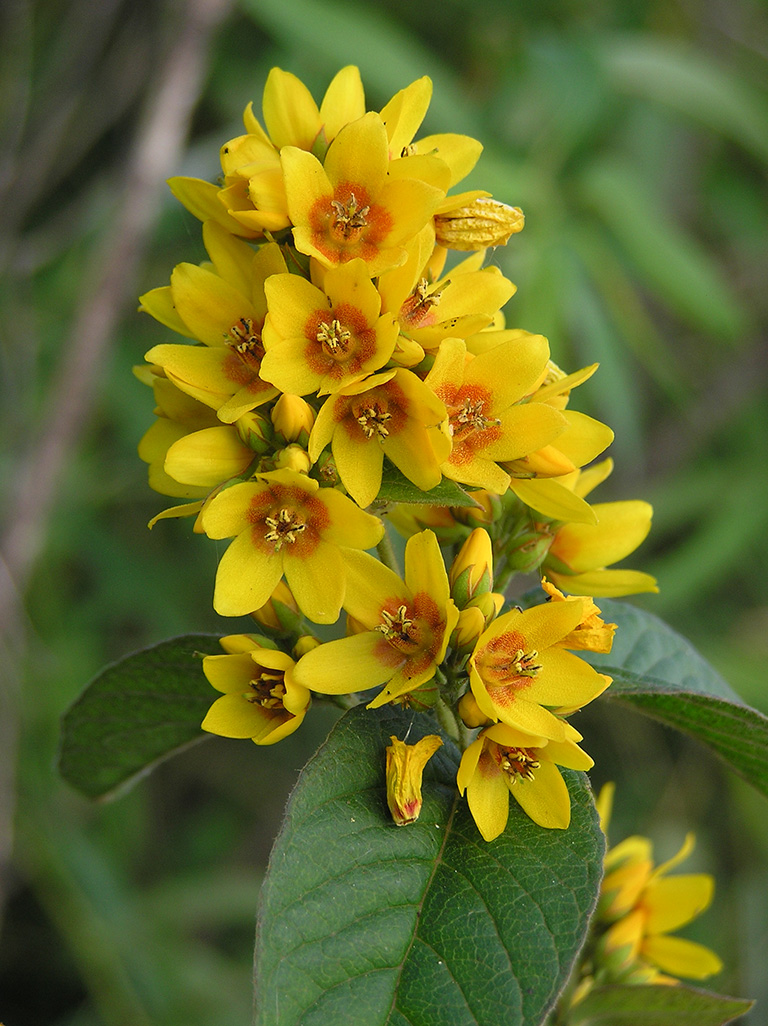
Yellow Loosestrife
(Not to be confused with the noxious weed Purple Loosestrife).This delicate five-petal bloom flowers in July and August. In earlier days the plant was used to quieten “savage beasts”: snakes, gnats and flies. According to my research, putting yellow loosestrife under the oxen collars “appeased the strife and unruliness which falleth out among oxen at the plow.”
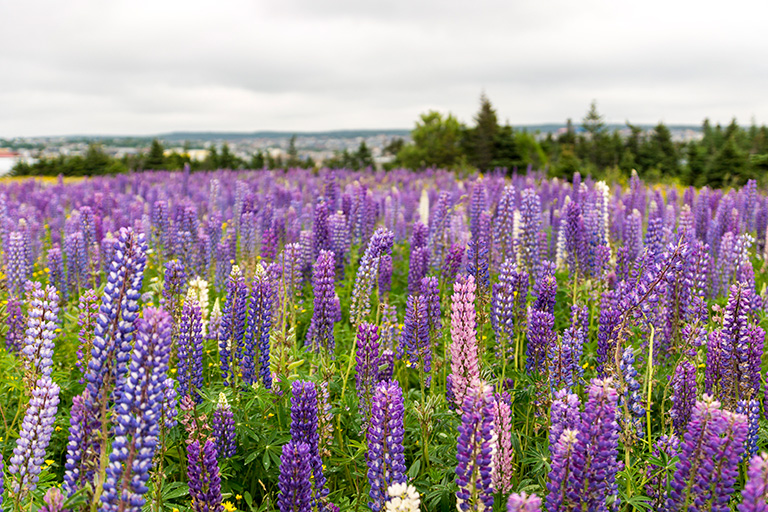
Lupins
This flower has been cultivated for 3,000 years. Indigenous peoples reportedly drank a leaf tea to treat nausea and internal hemorrhage. A fodder of lupins was used to fatten horses and make them “spirited and full of fire.” Some lupin seeds are poisonous, but as recently as 2011 German scientist Dr. Peter Eisner found that white lupin seeds contain protein which is gluten- and lactose-free. Lupin seeds are also a source for amino acid used to control blood pressure.
There are many more interesting plants to explore in this diverse garden tenderly cultivated by Ruth Baker, a Fanshawe Pioneer Village volunteer. If you look carefully, you will find the obedient plant tucked along the south fence, hydrangeas at the gate, hostas used as foundation plantings, and a pink wild rose blossoming against the white pickets. As with many of the village gardens there is a continual effort to keep the weeds and visiting groundhogs at bay.
Themes associated with this article
Advertisement

